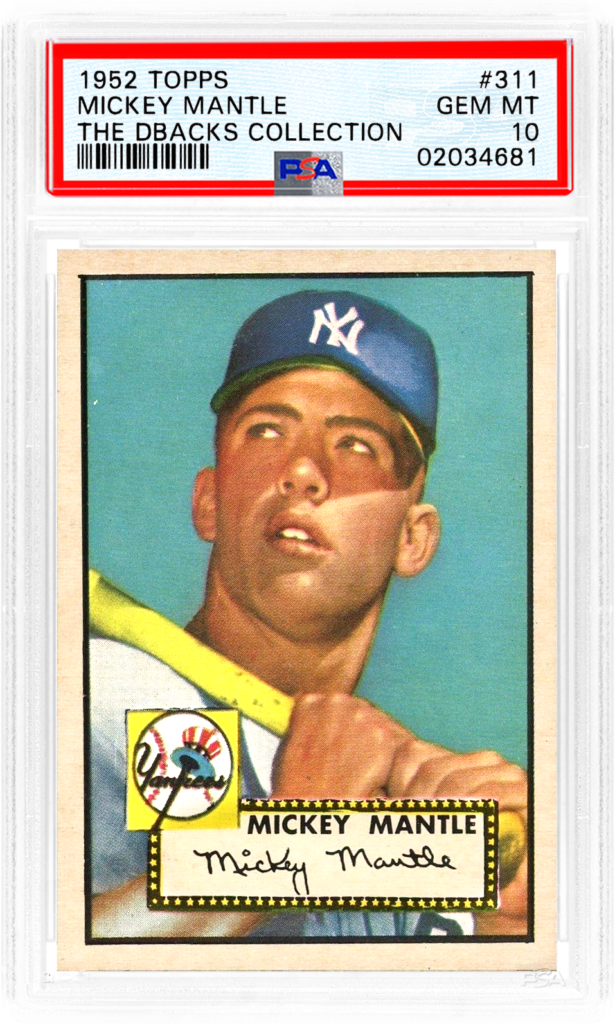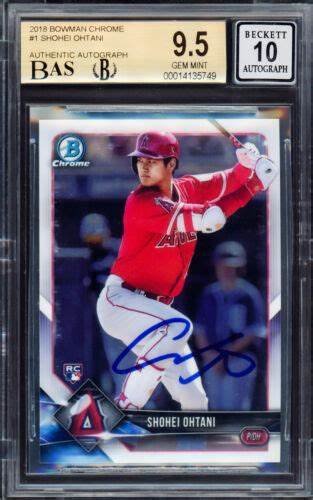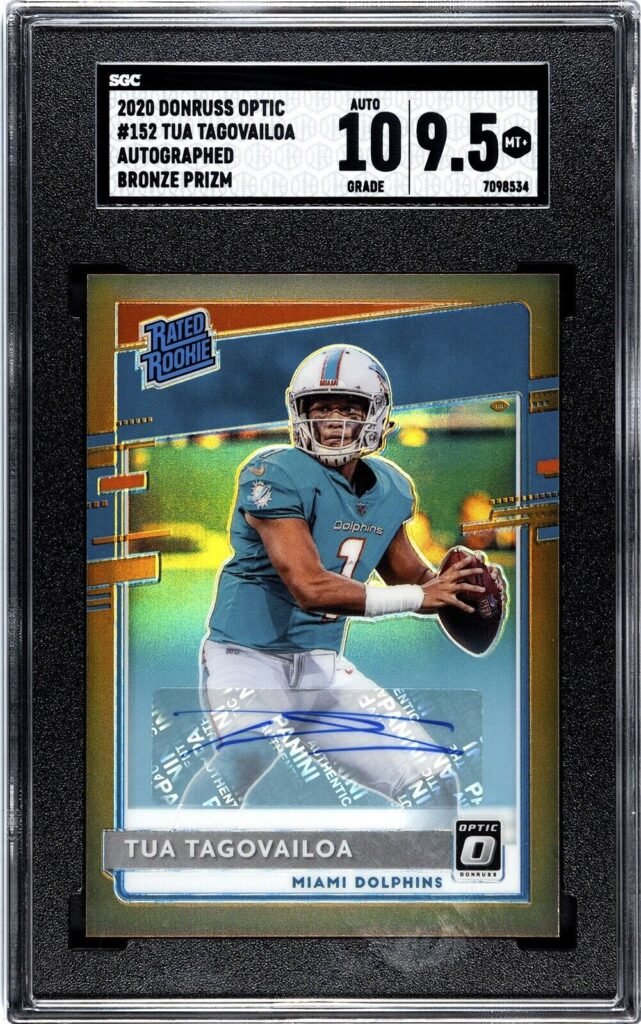So, you’ve entered the captivating world of graded cards, huh? Curious to know more about these prized collectibles and what makes them so special? Look no further! In this article, we’ve compiled the top 10 graded card facts that will not only give you a solid understanding of their significance, but also leave you itching to explore this fascinating market. From how they’re graded to why their prices can reach sky-high, get ready to be amazed by the world of graded cards!
What are graded cards?
Graded cards are collectible trading cards that have been professionally evaluated and assigned a grade based on their condition. These cards are typically graded by third-party companies that specialize in assessing the quality and authenticity of trading cards. Grading provides collectors with a standardized and objective assessment of a card’s condition, which can greatly impact its value and desirability in the market.
Definition of graded cards
Graded cards are trading cards that have undergone a rigorous evaluation process by professional grading companies. These companies carefully examine various aspects of the card, such as its centering, edges, surface, and corners, to determine its overall condition. Once graded, the card is sealed in a protective case with a label indicating its grade. This process provides collectors with a trustworthy and standardized assessment of the card’s condition.
Importance of grading
Grading plays a crucial role in the world of trading card collecting and investing. It provides collectors and investors with an objective assessment of a card’s condition, which helps determine its value and potential for appreciation. Grading also provides a level of authenticity and protection against counterfeits. A graded card with a high grade can command a significantly higher price than an ungraded card of the same rarity and player. Grading has become an essential aspect of the trading card market, bringing transparency and confidence to collectors and investors.
Popular grading companies
Several grading companies have established themselves as leaders in the trading card grading industry. These companies provide trusted and recognized grading services for collectors and investors worldwide.
PSA (Professional Sports Authenticator)
PSA is one of the most well-known and respected grading companies in the trading card industry. Their grading expertise spans across various categories, including sports cards, Pokémon cards, and other collectibles. PSA grades cards on a scale of 1 to 10, with a PSA 10 representing a card in pristine condition. Their grading standards and authentication processes have gained widespread acceptance and trust within the collector community.
BGS (Beckett Grading Services)
BGS is another reputable grading company that has been providing grading services since 1999. They primarily focus on grading sports cards, including baseball, basketball, football, and hockey cards. BGS uses a dual grading system that evaluates both the card’s condition and its centering to derive its final grade. BGS grades cards on a scale of 1 to 10, with a BGS 10 being the highest grade. Their distinctive black labels are highly coveted by many collectors.
SGC (Sportscard Guaranty Corporation)
SGC is a respected grading company that specializes in sports cards and memorabilia. They have been grading cards since 1998 and are known for their traditional approach to grading. SGC grades cards on a scale of 1 to 100, with a higher grade indicating a better condition. Their grading process emphasizes card authenticity and overall eye appeal. SGC’s vintage card grading expertise has made them a popular choice among collectors of older sports cards.
Grading criteria
When grading trading cards, multiple aspects of the card’s condition are taken into consideration. Here are the key criteria that grading companies evaluate:
Centering
Centering refers to the alignment of the card’s design within its borders. Cards with precise centering are highly valued, as they showcase the full artwork of the card and demonstrate attention to detail during the printing process.
Edges
The edges of a card are inspected for any signs of wear or damage. Sharp and clean edges are desirable, indicating that the card has been well-preserved and protected over time.
Surface
The surface of a card is examined for any imperfections, such as scratches, stains, or print defects. A clean and smooth surface is essential for a higher grade.
Corners
The corners of a card are inspected for any signs of bending, dents, or fraying. Sharp and intact corners contribute to a higher grade, as they indicate the card has been well-handled and stored.
Overall condition
Grading companies evaluate the overall condition of the card, taking into account all the above criteria, as well as any additional factors specific to the card’s category. The overall grade reflects the card’s condition relative to its original state when it was produced.
Grading scales
Each grading company has its own grading scale that assigns a numerical or alphanumeric value to a graded card. Here are the grading scales used by popular grading companies:
PSA grading scale

PSA grades cards on a scale of 1 to 10, with 10 being the highest grade, representing a card in pristine condition.
BGS grading scale

BGS also grades cards on a scale of 1 to 10, but they also assign subgrades for centering, edges, surface, and corners. These subgrades provide a more detailed evaluation of the card’s condition.
SGC grading scale


SGC grades cards on a scale of 1 to 100. Similar to BGS, SGC assigns subgrades for centering, edges, surface, and corners, allowing for a more precise assessment of the card’s condition.
Factors that affect card value
The value of a graded card is influenced by various factors, including the player or athlete featured on the card, the rarity of the card, the demand in the market, the card’s condition, and its overall popularity among collectors.
Player or athlete
Cards featuring popular and iconic players or athletes typically command higher values. The status and achievements of the player influence the desirability and demand for their cards.
Rarity
Cards that are scarce or limited in production are highly coveted by collectors. Limited-edition or special-release cards often have higher values due to their limited availability.
Demand
The demand for a particular card can impact its value. Cards that are highly sought after by collectors or have a cult following tend to have higher values in the market.
Condition
The condition of a graded card plays a significant role in its value. Cards in pristine condition with high grades tend to garner higher prices compared to cards with lower grades or damage.
Popularity
The overall popularity and cultural significance of a card can also impact its value. Cards that are associated with cultural moments, iconic designs, or influential players often hold a special place in collectors’ hearts and fetch higher prices.
Investing in graded cards
Graded cards have become a popular investment option for collectors and investors alike. Here are some key considerations for those looking to invest in graded cards.
Trends in graded card values
Keeping an eye on the trends and market fluctuations in graded card values is essential for making informed investment decisions. Researching historical sales and tracking the performance of certain cards or players can help anticipate potential increases or decreases in value.
Investment potential
Graded cards can provide a potentially lucrative investment opportunity. Cards with a strong track record of appreciation or cards associated with highly valued players have the potential to increase in value over time.
Considerations for investors
Investors should carefully consider their investment horizon, risk tolerance, and budget when acquiring graded cards. Conducting thorough research, consulting industry experts or trusted advisors, and diversifying the investment portfolio can help mitigate risks and maximize potential returns.
Increasing card value

There are several strategies collectors can employ to increase the value of their graded cards over time.
Professional grading
Having a card professionally graded adds a level of credibility and can significantly increase its value. A high-grade card often commands a higher price, as collectors place a premium on the assurance of its condition.
Card preservation
Proper card preservation is crucial for maintaining and increasing its value. Storing cards in protective sleeves or cases, avoiding exposure to direct sunlight or extreme temperatures, and handling cards with care can prevent damage and ensure their long-term preservation.
Limited or special editions
Investing in limited or special edition cards can potentially yield higher returns. These cards often have a restricted print run or unique features that make them more desirable to collectors.
Player performance
The performance and achievements of a player can greatly impact the value of their cards. As players excel in their respective sports or gain recognition, the demand for their cards may increase, driving up their value. Staying informed about players’ performance and following their careers can help collectors gauge potential increases in card value.
Notable graded card sales
The trading card market has witnessed several record-breaking sales and historically significant transactions. Here are a few notable examples:
Record-breaking sales
In January 2021, a 1952 Topps Mickey Mantle baseball card in PSA 9 condition sold for a staggering $5.2 million, setting a new record for the highest-priced trading card ever sold. This card is highly coveted by collectors due to its rarity and association with one of the greatest baseball players of all time.
Historically significant cards
Cards from iconic sports moments or historic eras often hold significant value. For example, the T206 Honus Wagner baseball card, produced in the early 20th century, is one of the most sought-after and valuable cards in the hobby. Its limited availability and connection to the early days of baseball make it a true collector’s gem.
Collecting graded cards
Collecting graded cards can be a fulfilling and rewarding hobby. Here are some tips for collectors looking to enhance their card collection.
Favorite sets or eras
Identifying favorite sets or particular eras of interest can help collectors focus their efforts and establish a unique collection. Whether it’s collecting cards from a specific sport, a particular decade, or a set with nostalgic significance, building a curated collection can provide a sense of joy and personal connection.
Building a collection
Building a solid collection requires a combination of patience, research, and strategic acquisitions. Collectors can focus on adding valuable rookie cards, pursuing cards featuring their favorite players or teams, or targeting specific sets based on their personal preferences.
Displaying and storage
Properly displaying and storing graded cards is essential for maximizing their enjoyment and maintaining their value. Displaying cards in protective cases or album pages can showcase their beauty while offering protection from handling and environmental damage. Additionally, storing cards in temperature-controlled and moisture-free environments can help prevent deterioration over time.
Risks and challenges
While collecting and investing in graded cards can be highly rewarding, there are some risks and challenges to be aware of.
Counterfeit cards
Counterfeit cards are a concern in the trading card market. Collectors and investors should be vigilant and ensure they are acquiring graded cards from reputable sources. Authenticating the integrity of the grading company and conducting thorough research on the card’s legitimacy can help mitigate the risk of counterfeit cards.
Market fluctuations
Like any investment, the value of graded cards can fluctuate based on supply and demand dynamics, player performance, and market trends. Collectors and investors should be prepared for potential fluctuations in card values and make informed decisions based on thorough research and analysis.
Condition discrepancies
While grading companies strive to provide accurate and objective assessments of a card’s condition, there can sometimes be discrepancies or differences of opinion among different grading companies. Collectors should be aware of these potential variations and consider seeking multiple opinions or consulting experts when assessing a card’s condition.
In conclusion, graded cards play an integral role in the world of trading card collecting and investing. They provide collectors and investors with a standardized and trustworthy assessment of a card’s condition, making it easier to determine its value and potential. Popular grading companies such as PSA, BGS, and SGC offer reliable grading services, each with its own grading scales and criteria. Factors such as player or athlete, rarity, demand, condition, and overall popularity influence the value of a graded card. Investing in graded cards requires careful consideration of trends, investment potential, and personal factors. By increasing card value through professional grading, card preservation, limited editions, and player performance, collectors can enhance their collections. Notable graded card sales and historically significant cards demonstrate the value and appeal of collecting graded cards. Collectors should focus on favorite sets or eras, build a curated collection, and properly display and store their graded cards. However, risks and challenges such as counterfeit cards, market fluctuations, and condition discrepancies should also be considered. Overall, graded cards offer a fascinating and potentially lucrative avenue for collectors and investors to explore in the world of trading card collecting.

Hi there! I’m Felix Gonzalez and I am the owner of Card Collecting Insider, and I’m thrilled to welcome you to my site! With our tagline “Uncover the Art of Collecting, One Card at a Time,” I’m here to provide you with expert insights, valuable resources, and the latest trends in the world of card collecting. Whether you’re a seasoned collector or just starting out, I’m dedicated to helping you discover hidden gems and sharing insider tips to elevate your collection. So join me on this exciting journey, as I dive deep into the captivating realm of card collecting. Let’s unlock the true beauty of these collectible treasures together!

